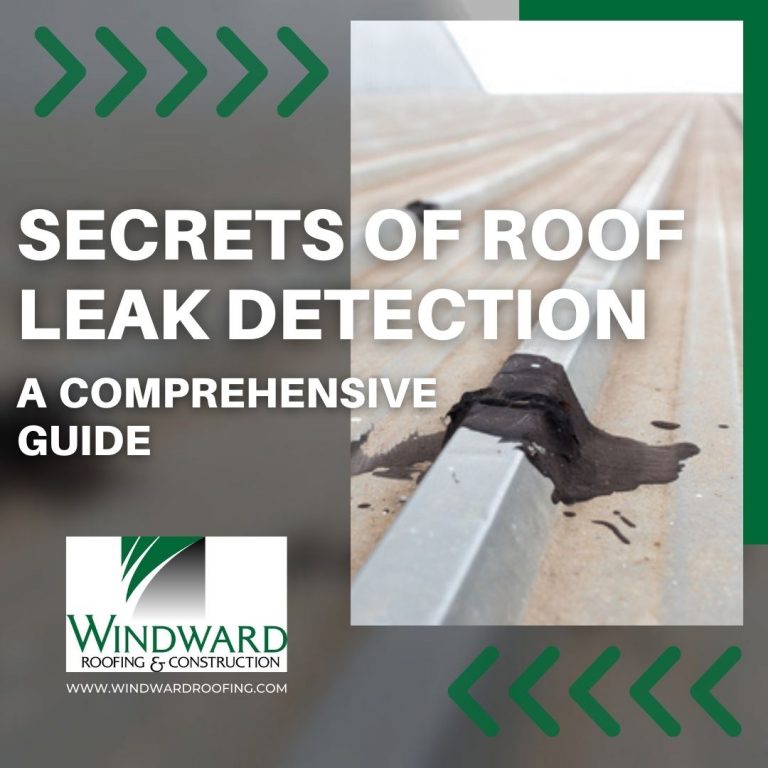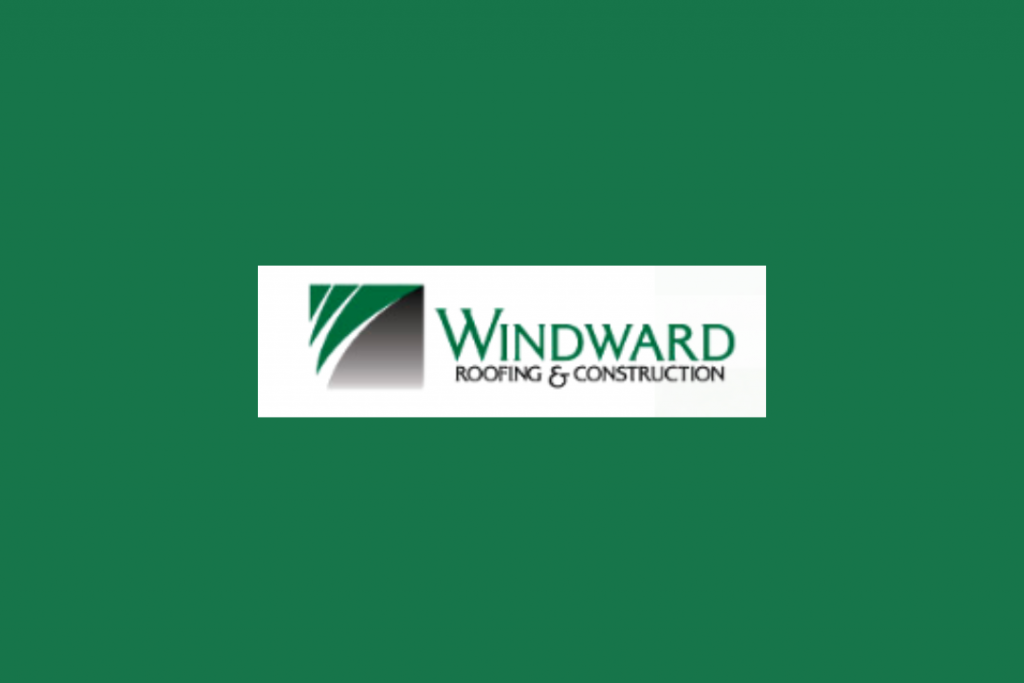Unveiling the Secrets of Roof Leak Detection: A Comprehensive Guide
Detecting water leakage in any structure, especially through the roof, is crucial for preventing costly damage and maintaining the integrity of the building. In this comprehensive guide, we delve into the intricacies of roof leak detection, exploring various methods, common signs, and preventive measures to safeguard your property.

Understanding Roof Leak Detection
Roof leak detection is the process of identifying and locating areas where water is infiltrating through the roof system. It requires a combination of observation, inspection, and sometimes specialized equipment to pinpoint the source of the leak accurately.
Common Signs of Roof Leakage
- Water stains on ceilings or walls: One of the most common indicators of a roof leak is the presence of water stains or discoloration on interior surfaces.
- Damp or musty odors: Accumulated moisture from roof leaks can lead to the development of mold and mildew, which often emit a musty smell.
- Peeling paint or wallpaper: Excessive moisture can cause paint or wallpaper to peel away from the walls, particularly near the ceiling.
- Sagging or bulging areas: Water pooling in the ceiling or attic can cause structural components to sag or bulge, indicating a significant leak.
Methods of Roof Leak Detection
Visual Inspection: Start by visually inspecting the interior and exterior of the building for any obvious signs of damage or deterioration. Look for missing or damaged shingles, cracked flashing, or clogged gutters, which can contribute to roof leaks.
Water Testing: In some cases, conducting a water test involves spraying water onto specific areas of the roof while someone inspects the interior for signs of leakage. This method helps simulate rainfall and can reveal hidden leaks.
Infrared Thermography: Utilizing infrared cameras, thermographic roof inspections can detect temperature variations that may indicate areas of moisture intrusion. This non-destructive method is particularly useful for identifying hidden leaks beneath the roof surface.
Moisture Meters: Moisture meters are specialized devices used to measure the moisture content of various building materials. By scanning suspected areas of water intrusion, such as ceilings or walls, moisture meters can help pinpoint the source of a roof leak.
Preventive Measures for Roof Leak Prevention
Regular Roof Maintenance: Implement a routine maintenance schedule to inspect and repair any damage to the roof system promptly. This includes cleaning gutters, replacing damaged shingles, and sealing gaps or cracks.
Trim Overhanging Branches: Overhanging branches can rub against the roof surface and create opportunities for water infiltration. Trim back branches to prevent damage to the roof and reduce the risk of leaks.
Invest in Professional Inspections: Consider hiring a professional roofing contractor to conduct regular inspections and identify potential issues before they escalate into costly leaks.
Install Proper Ventilation: Proper attic ventilation helps regulate temperature and humidity levels, reducing the likelihood of condensation buildup and moisture-related problems.
Roof leak detection is a critical aspect of property maintenance, requiring diligence and attention to detail. By familiarizing yourself with common signs of leakage, employing effective detection methods, and implementing preventive measures, you can safeguard your property against the damaging effects of water infiltration. Remember, early detection and proactive maintenance are key to preserving the integrity of your roof and protecting your investment.

Schedule a professional inspection today and take proactive steps to ensure the longevity of your roof. Don’t wait until it’s too late – prioritize leak detection and maintenance to safeguard your investment

